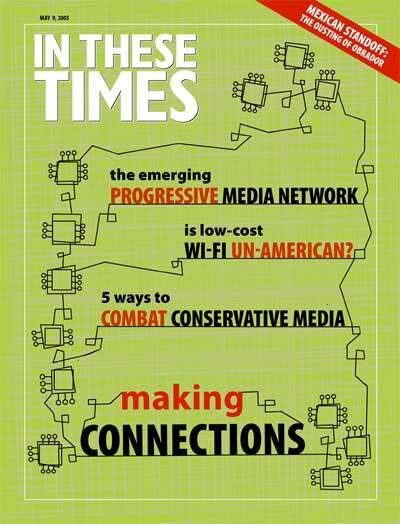Since last autumn’s Republican victory, progressives have engaged in considerable soul searching. The most basic question has been: Why do so many people support conservative policies that hurt them? For an important subset of these policies, the answer is simple: They don’t know the numbers.
Public opinion polls consistently show that people hugely overestimate the portion of public spending that goes to programs like welfare or foreign aid. For example, a Kaiser poll from the mid-’90s found that 40 percent of respondents ranked welfare as one of the two largest items in the federal budget, and 40 percent put foreign aid in this category. At the time, the two largest items in the federal budget were Social Security at 22 percent and military spending at 18 percent. The share of the budget going to Aid for Families with Dependent Children, the core welfare program, was less than 1 percent. Adding in food stamps, housing subsidies and other low-income programs could push this figure close to 4 percent. Less than 0.5 percent of the budget went for anything remotely resembling foreign aid.
The extent of this misinformation is important. If a person believes that 25 percent of the budget is already going to welfare, then she is likely to have a very different attitude toward further spending than if she knew the real numbers. She would believe that welfare spending is already imposing a substantial tax burden — one that must have a real effect on the living standards of many middle income families.
Furthermore, any reasonable person who believes that such a large portion of the federal budget is already going to welfare might also wonder how incremental increases in this spending would have any real effect. In other words, if the United States has made so little progress in alleviating poverty after spending so much, why would another $2 billion for child care or $800 million for housing subsidies make a difference? Alternatively, if massive spending has little impact, how much harm could be caused by modest cutbacks, or a “slower rate of growth,” as the Bush administration would frame the issue.
Given the fundamental ignorance about the scale of these social programs, it is remarkable that they enjoy as much support as they do.
Such grossly distorted views of the budget are not inevitable. Part of the problem may be attributable to ideology. For example, some people may simply want to believe that welfare programs take up the bulk of the budget regardless of the facts. Part of the confusion is also attributable to right-wing politicians who foster such misconceptions. Ronald Reagan used to talk about the pain felt by hardworking families who had to pay for their groceries while seeing lazy welfare cheats in front of them in the checkout line, buying expensive cuts of meat with food stamps. But the main reason for public ignorance on the size of social program spending is simply how the media reports budget numbers.
For example, when the New York Times discussed the political battle over the reauthorization of the Temporary Assistance for Needy Families (TANF) bill last summer, it reported that the current budget provided $16.5 billion dollars for TANF. This number provided almost no information whatsoever. Only a small group of wonks is sufficiently familiar with the budget to recognize the significance of this level of spending. For the vast majority of people, $16 billion is simply a very large number, as would be $160 billion or even $1.6 billion. The problem is made worse when stories present budget numbers that refer to 5- or 10-year totals, often without even making this fact clear.
Reporting on the budget in ways that actually convey information is not rocket science. The most obvious way is to simply express spending and tax items as a share of the total budget. For example, the $16 billion TANF bill can be described as 0.6 percent of federal spending; the $5 billion foreign aid appropriation can be referred to as 0.2 percent of federal spending. This would immediately inform readers and listeners of the context and relative importance of this item in the budget.
Essentially, this is just a question of good journalism. News stories about the budget should provide as much perspective as possible. These topics cannot justifiably be approached in any other way. As Daniel Okrent, the public editor of the New York Times, wrote in a recent column,“numbers without context, especially large ones with many zeros trailing behind, are about as intelligible as vowels without consonants.”
In short, a simple, and winnable, agenda item for progressives should be to convince media outlets to practice good journalism when they cover national or state budgets. All but the most closed-minded editors and producers should be open to the argument that the goal of budget reporting is to convey information.
Haggling over the way in which budget numbers are reported may seem like a rather indirect approach — - to increasing public funding for child care or nutrition programs. But sustaining public support for any social spending will always be an uphill struggle as long as the public is so hugely misinformed.
Progressives will have to confront many other important questions on framing and values, but this is a simple question of getting the numbers right. And here the battle lines are not drawn between left and right, but between honest and dishonest.








